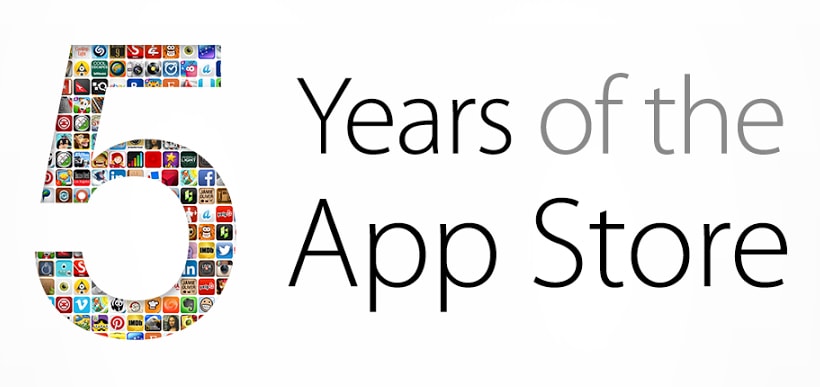It’s good to share, and with the new iOS 7, Apple is making doing so even easier. With the upcoming release of the new mobile operating system, the company has built in an iPhone and iPad friendly version of Airdrop, their popular file-sharing platform. Long available on Mac computers, having an Airdrop feature on mobile devices has the potential to greatly impact user behavior and will leverage the significant strengths of Apple’s unified ecosystem.
Through Airdrop, users can swap photos, videos, web pages, contacts, social media content and even free versions of apps – essentially anything with a “share” button. Unlike other file-sharing services, everyone on an Apple device will have the same user experience. Airdrop is fully wireless, requiring a direct Wi-Fi connection to move shared content through the cloud. While Android devices and older iPhone apps require “bumping” phones together to instantly share content, it simply needs the sender and receiver to be physically near one another. The service is more limited in this regard, however, compared to similar options like Dropbox or Google Drive, which allow content sharing regardless of location.
So just what can you use Airdrop on iOS for? Ideas are as varied as sharing meeting notes in the office, playing multi-player mobile games with strangers during your morning commute or having retailers Airdrop coupons into your PassBook app. Developers can use it to offer in-app freebies to customers who download from them, and friends can even Airdrop trial versions of apps to one another’s iPhones.
With all the tremendous capabilities that Airdrop for iOS 7 has, there are a few concerns as well. Critics cite safety as being their primary issue, as Airdrop could potentially alert strangers to your location and result in you receiving unwanted information. Furthermore, some technology experts believe Airdrop will leave users open to greater risk of having their files hacked. In response, Apple has stated that consumers have a choice of privacy settings, with the ability to accept data through Airdrop from anyone with a compatible device, from only their contacts or even from no one at all. The company has also stated that files within Airdrop are fully encrypted.
Other critics have questioned the usefulness on Airdrop for iOS 7, considering other private file sharing services do exist. But Airdrop can really set itself apart if businesses and developers maximize its potential by sharing trials, coupons and other perks with customers. That alone would make it different, and in many ways more useful, than other services.
In order to utilize the new Airdrop for iOS, Apple fans must have an iOS 7 compatible device, namely an iPhone 5, iPad Mini, fourth generation iPad or fifth generation iPod Touch. It’s also necessary to have an iCloud account.
The chief benefit of Airdrop for iOS 7 is the improved ability to simply and easy share a wide range of content with others. So could you see yourself using it? Or are you more likely to stick with services like Dropbox that have long offered iOS apps, even though they may not have quite the same capabilities?


